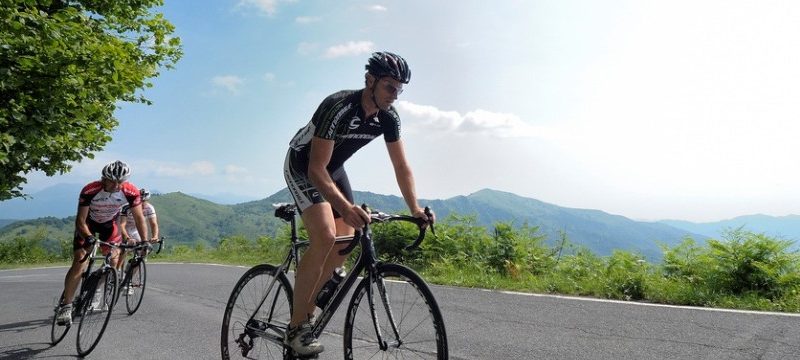The Physics Behind Optimal Curve Cycling Negotiation
Cycling negotiation of curves involves a complex interplay of physics principles, which are fundamental to efficient and controlled maneuvering through curved paths. This comprehensive guide aims to elucidate the underlying physics and key considerations for achieving optimal curve cycling negotiation.
- Centripetal and Centrifugal Forces
Centripetal Force: Defined as the force that keeps an object moving along a curved path, directed toward the center of the curve. It is essential for maintaining circular motion during curve negotiation.
Centrifugal Force: Despite common misconceptions, centrifugal force is a fictitious force experienced in the opposite direction of centripetal force due to inertia acting outward. Cyclists must counteract this force to maintain stability and control through curves.
- Friction and Traction
Friction: The interaction between the tires and the road surface is critical for generating centripetal force essential for navigating a curve. Optimizing tire-road friction is fundamental to maximizing traction and ensuring stability during curve negotiation.
Tire Grip: Factors such as tire pressure, tire compound quality, and surface conditions directly impact traction and the ability to maintain the necessary inward force for negotiating curves efficiently.
- Lean Angle and Balance
Centripetal Acceleration: The curvature of the path introduces centripetal acceleration, requiring cyclists to lean into the curve to counteract centrifugal force and maintain balance. The degree of lean is directly related to the speed and radius of the curve.
- Conservation of Angular Momentum
Angular Momentum: Conservation of angular momentum is crucial during curve negotiation. As the cyclist leans into the curve, the distribution of angular momentum between the cyclist and the bike changes, facilitating smooth transition through the turn.
- Energy Conservation and Velocity
Conservation of Mechanical Energy: During curve negotiation, the conservation of mechanical energy is essential. Transitioning potential energy to kinetic energy while maintaining optimal velocity helps balance gravitational potential energy and kinetic energy for efficient traversal through curves.

- Aerodynamics and Drag Forces
Aerodynamic Profile: The cyclist’s aerodynamic profile plays a role in maintaining an efficient velocity through curves. Minimizing aerodynamic drag is crucial for conserving energy and sustaining optimal speed during curve negotiation.
- Bike Design and Handling
Frame Geometry: The design and geometry of the bike frame significantly influence its handling characteristics during curve negotiation. Parameters such as trail, wheelbase, and the fork rake angle impact the bike’s responsiveness and stability through curves.
Material Characteristics: The material composition of the bike frame, such as titanium, contributes to its stiffness, durability, and responsiveness, crucial for transmitting forces and maintaining a stable trajectory through curves.
Bottom Line
By mastering these physics principles and understanding their application to curve cycling negotiation, cyclists can optimize their approach to curve traversal, enabling efficient, controlled, and energy-conserving negotiation of curves.




